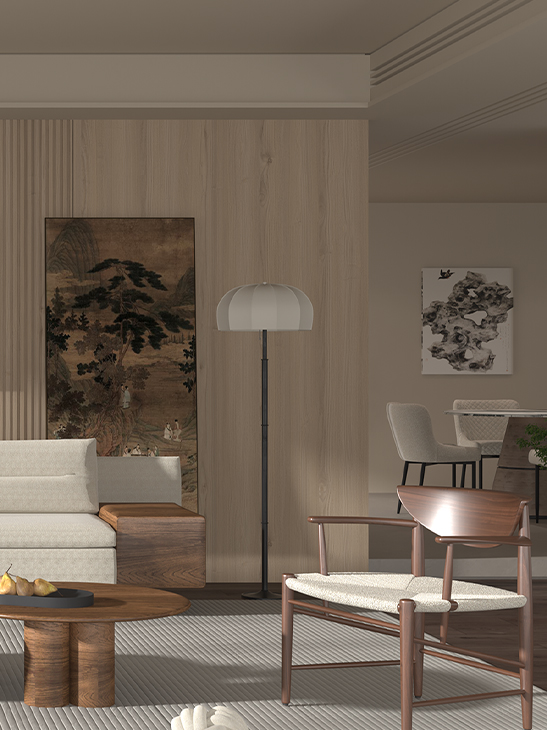In the realm of interior design and construction, the choice of materials not only affects aesthetics but also plays a crucial role in shaping the acoustic environment of a room. 3D Finish Foil, a versatile material increasingly popular in modern interiors, raises questions about its impact on room acoustics. Understanding how this material influences sound dynamics is essential for architects, designers, and homeowners seeking both visual appeal and functional acoustic performance.
Material Composition and Acoustic Properties
3D Finish Foil is a decorative surface material typically applied to substrates like MDF (Medium-Density Fiberboard) or particleboard. While primarily chosen for its aesthetic versatility and cost-effectiveness, the acoustic properties of 3D Finish Foil largely depend on the characteristics of the underlying substrate. MDF, for example, is denser compared to other materials used in furniture and interior finishes, offering inherent sound-absorbing qualities when combined with appropriate acoustic treatments.
Surface Texture and Sound Reflection
The texture of 3D Finish Foil's surface also influences its acoustic behavior. Smooth finishes tend to reflect sound waves more efficiently, potentially contributing to increased reverberation within a room. In contrast, textured or embossed finishes can scatter sound waves, reducing echo and creating a more balanced acoustic environment. Designers often leverage textured finishes in spaces where acoustic comfort is paramount, such as offices, conference rooms, and residential areas.
Integration with Acoustic Design Strategies
In practical applications, 3D Finish Foil is frequently integrated with other acoustic design strategies to optimize sound control. For instance, combining 3D Finish Foil with acoustic panels, sound-absorbing materials, or specialized wall constructions can effectively mitigate noise and enhance speech intelligibility in environments where clarity and privacy are crucial.

Room-Specific Considerations
The impact of 3D Finish Foil on room acoustics varies based on several factors:
Room Size and Shape: Larger rooms with expansive surfaces covered in 3D Finish Foil may experience more pronounced acoustic effects than smaller, more enclosed spaces.
Functionality: The intended use of the room influences acoustic requirements. Spaces designed for relaxation or concentration benefit from reduced reverberation, while areas for social interaction may tolerate slightly livelier acoustics.
Installation Methods: Careful consideration of installation techniques can optimize acoustic performance. Direct adherence to manufacturer recommendations ensures the material performs as intended without compromising sound quality.
Practical Applications and Design Flexibility
Despite its primarily decorative role, 3D Finish Foil offers considerable flexibility in acoustic design. Designers can select from a range of textures, colors, and finishes to achieve both aesthetic objectives and acoustic goals. From enhancing the warmth of wood textures to incorporating vibrant patterns and textures, 3D Finish Foil allows for creative freedom without sacrificing acoustic comfort.
While 3D Finish Foil may not inherently possess specialized acoustic properties, its impact on room acoustics is significant when strategically integrated into a broader acoustic design plan. By understanding its interaction with surface textures, substrate materials, and room-specific considerations, designers can harness the visual appeal of 3D Finish Foil while effectively managing sound dynamics. Whether used in residential, commercial, or institutional settings, 3D Finish Foil underscores the importance of holistic design approaches that prioritize both aesthetic aspirations and acoustic functionality.


 English
English русский
русский











